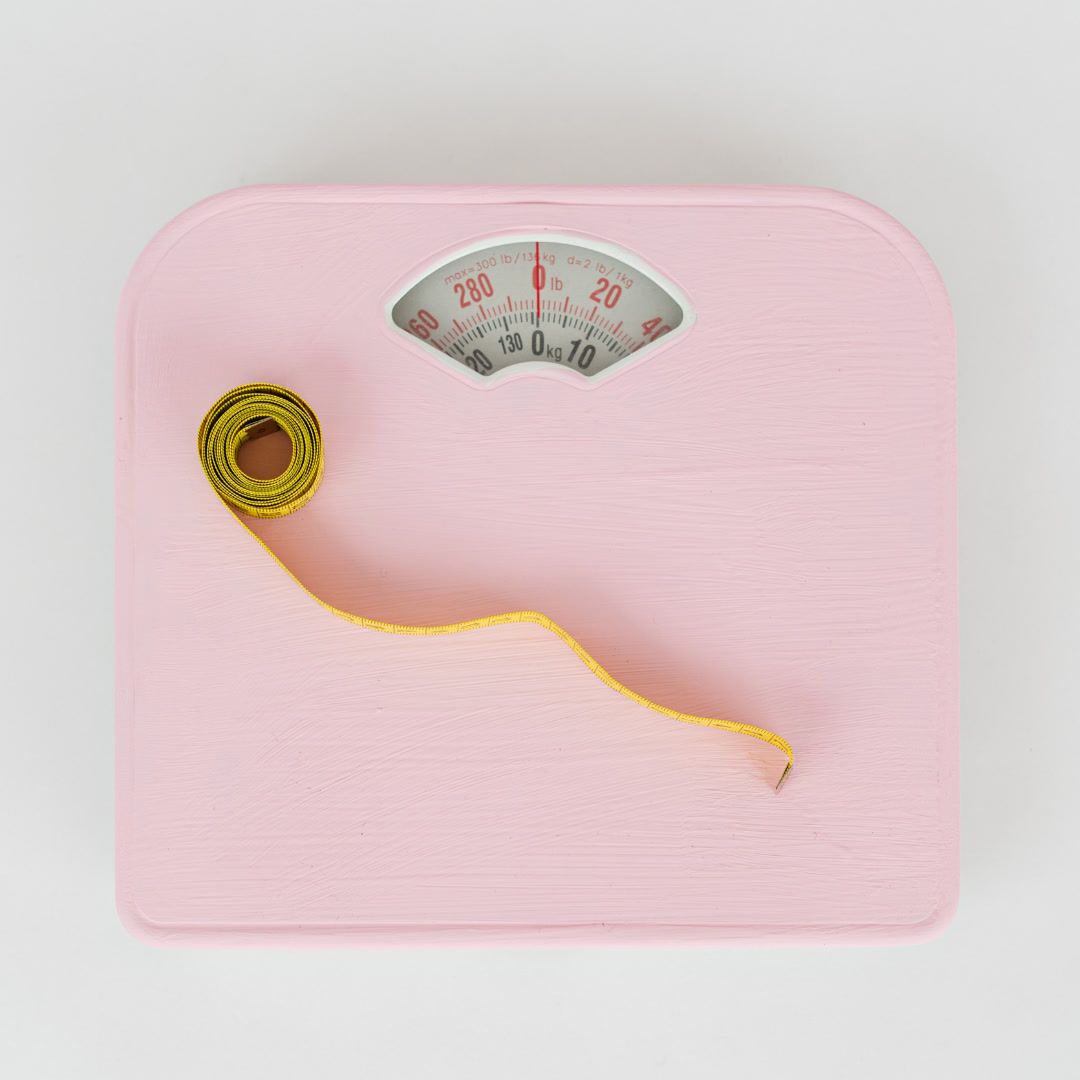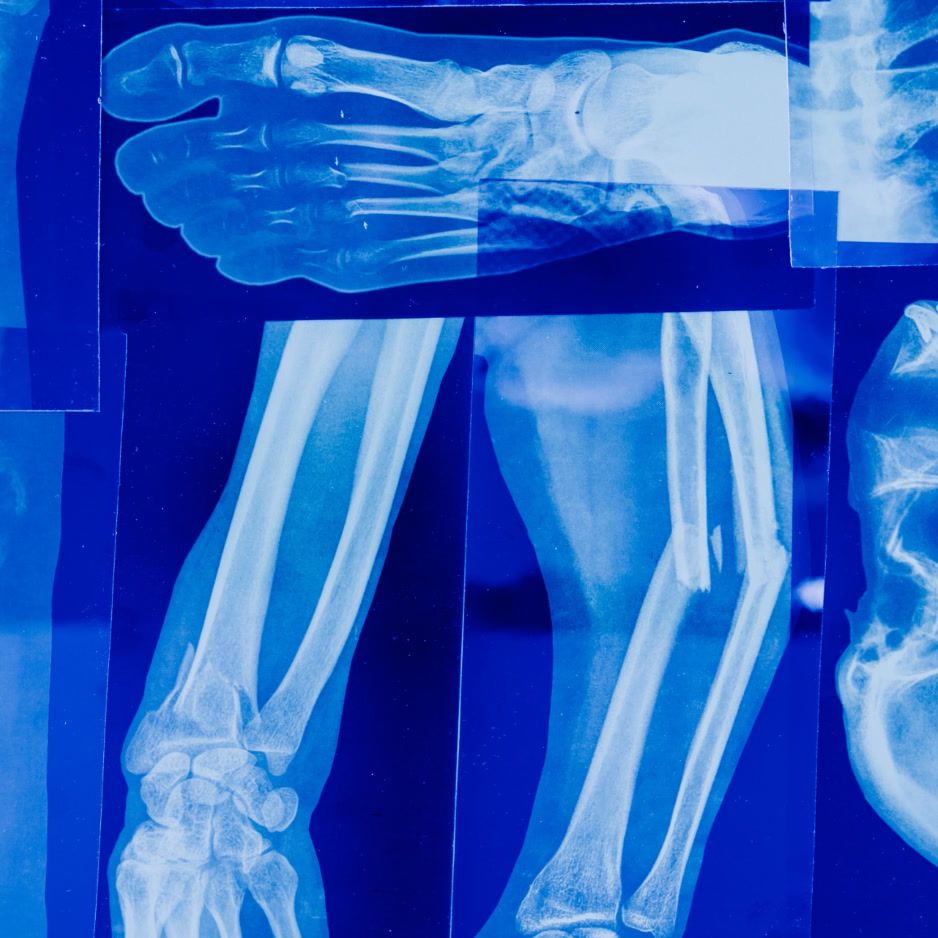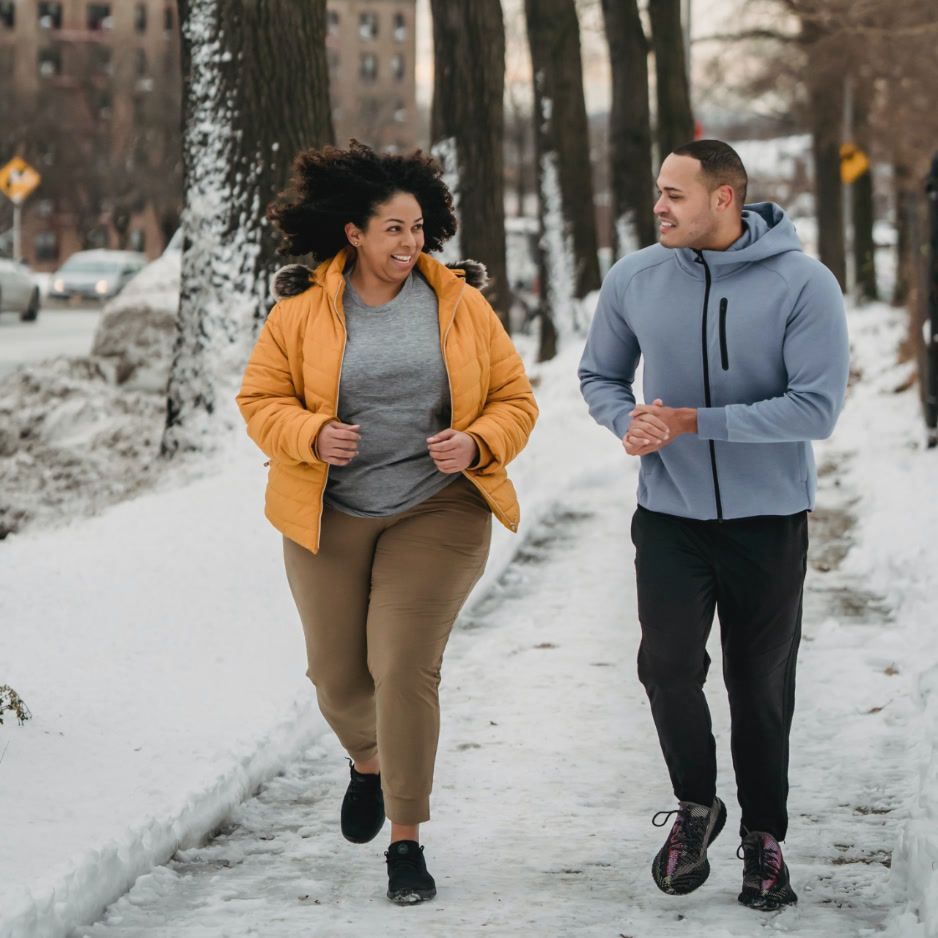Hanging Leg Raises: How-To, Muscles Worked & Variations
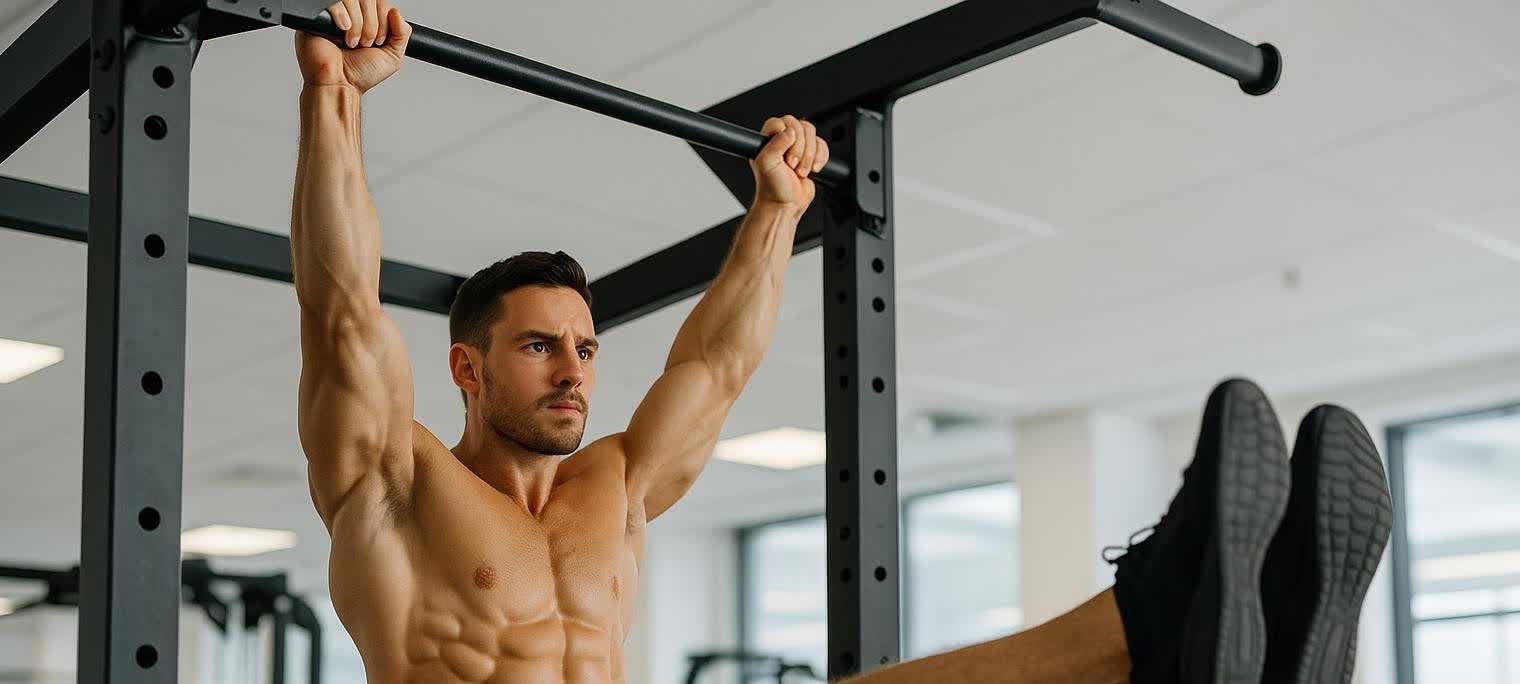
Hanging Leg Raises: How-To, Muscles Worked & Variations
Hanging leg raises are a powerhouse core move—great for building strong abdominals, hip flexors, and grip—when you perform them with control. They also place meaningful load on the spine, so getting your setup and technique right is essential.
In this guide, you’ll learn exactly how to do them safely, how to progress from beginner to advanced, common mistakes to avoid, and a 30‑day challenge you can start today.
- Who it’s for: beginners through advanced; modifications included for shoulder issues and limited grip strength
- Equipment: pull‑up bar or captain’s chair; optional straps, chalk, ankle weights
Quick Takeaways
- To emphasize abs (not just hip flexors), curl your pelvis up—think “zip your zipper”—instead of just lifting straight legs high. This posterior pelvic tilt increases rectus abdominis involvement (ATHLEAN‑X).
- Expect high abdominal activation with straight‑leg versions—and higher spine compression than many floor moves—so progress gradually and control the lowering phase (McGill 2014 – PubMed).
- If hanging bothers your shoulders or grip, start on a captain’s chair; EMG research consistently ranks captain’s chair knee/leg raises among the most effective ab moves (ACE).
Setup & Grip
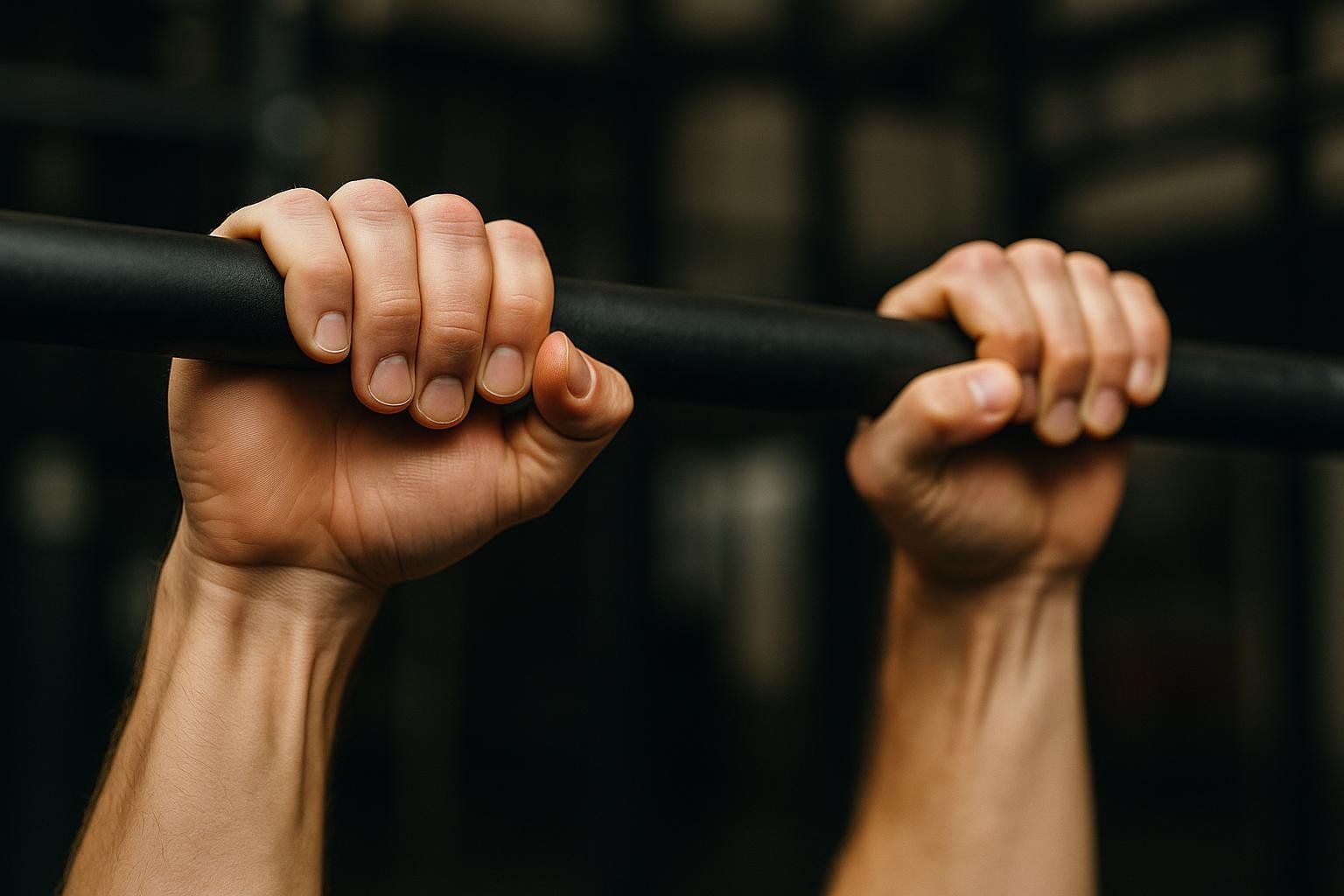
- Choose a stable bar at least 6–12 inches above your full reach. Test it for sturdiness before loading your weight.
- Grip shoulder‑width with an overhand grip; wrap your thumbs for security (Verywell Fit).
- Engage your shoulders by gently pulling them down (scapular depression) to reduce sway.
- “Ribs down, glutes lightly on” to set your pelvis; think slight posterior pelvic tilt.
New to hanging? See why passive and active hangs can improve shoulder comfort and grip endurance in Benefits of Hanging for Strength & Spine Health.
Safety note: If overhead hanging aggravates your shoulders or elbows, use a captain’s chair or dip‑station version to deload the shoulder joint while training a similar pattern (Verywell Fit).
How to Do a Hanging Leg Raise (Step‑by‑Step)
Use the version that matches your current strength—bent knees are encouraged at first.
- Start from a dead hang with a quiet body.
- Exhale, then initiate by tucking your pelvis (posterior pelvic tilt).
- Raise legs under control:
- Beginner: bend knees to ~90° and lift thighs to hip height.
- Intermediate: straighten knees as you lift to hip height (legs parallel to the floor).
- Advanced: continue to shoulder height only if you can keep your low back from arching.
- Pause for 1 second.
- Lower slowly for a 2–3 count without swinging; keep your pelvis slightly tucked all the way down (Verywell Fit; ATHLEAN‑X).
Pro tip: Stopping each rep with your feet slightly in front of you helps prevent a pendulum swing and keeps tension on the abs (ATHLEAN‑X).
Muscles Worked (and Why Your Hip Flexors Light Up)
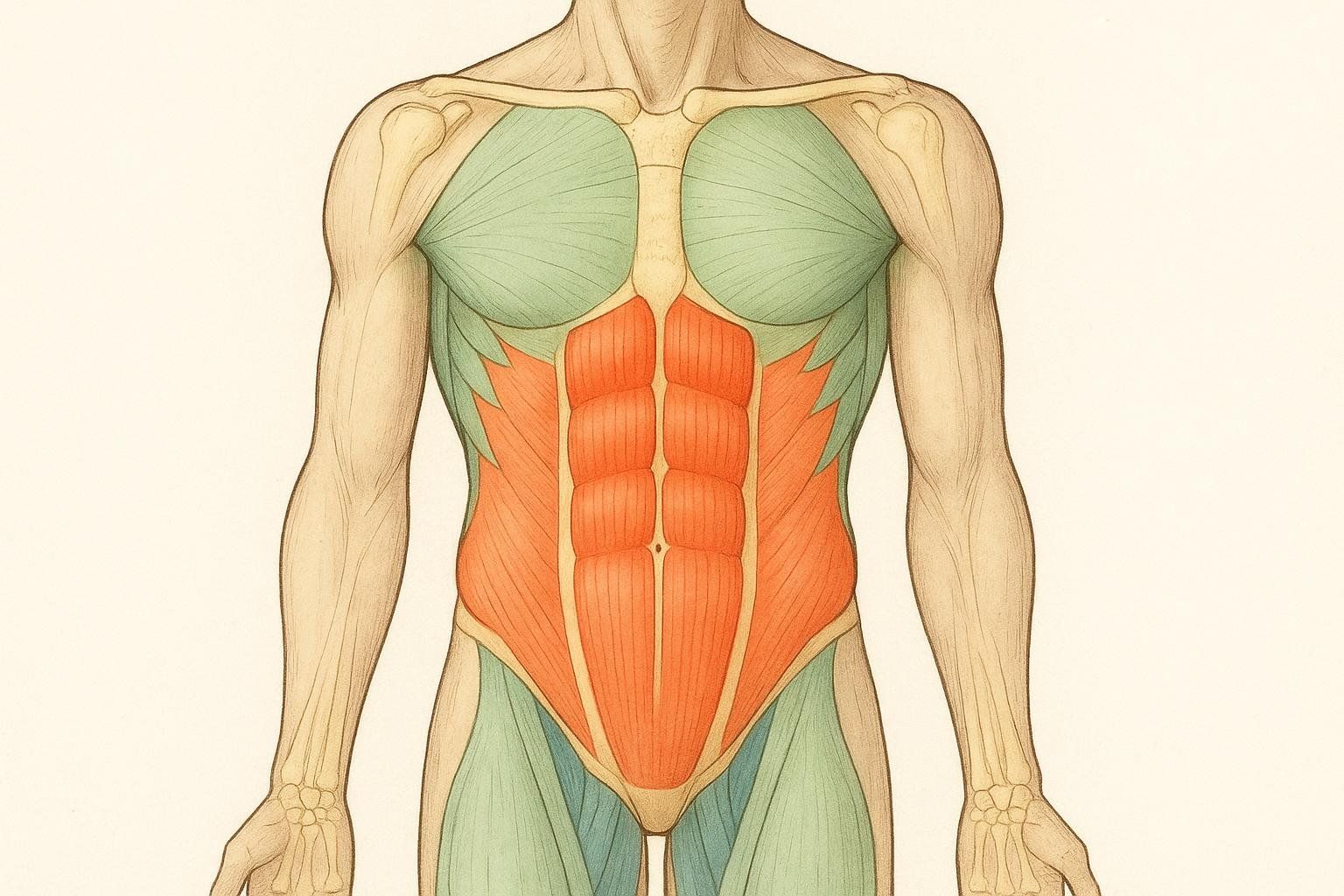
- Primary: rectus abdominis, external obliques
- Synergists: iliopsoas and other hip flexors (sartorius, rectus femoris)
- Stabilizers: forearms and grip, lats, deep core
EMG and biomechanical research show that hip flexor activation climbs as hip flexion increases—especially between 30–60°. Cueing a pelvic tuck and limiting range at first can reduce hip‑flexor dominance (PMC).
Straight‑leg raises also create substantial abdominal activation but can load the spine more than floor alternatives. That’s why controlled reps and thoughtful progression matter (McGill 2014 – PubMed).
Common Mistakes to Avoid
- Swinging or kipping: removes tension from the abs and increases shoulder stress (Verywell Fit).
- Going too high too soon: beyond parallel without pelvic control shifts work toward hip flexors and increases lumbar extension.
- Hunched shoulders to ears: keep gentle scapular depression for joint safety.
- Dropping the eccentric: you lose half the benefit and spike forces at the bottom.
If you feel pinching in the front of the hip, reduce range, bend the knees, and emphasize the pelvic tuck. You can also try a captain’s chair variation until symptoms settle.
Variations & Progressions (Beginner → Advanced)
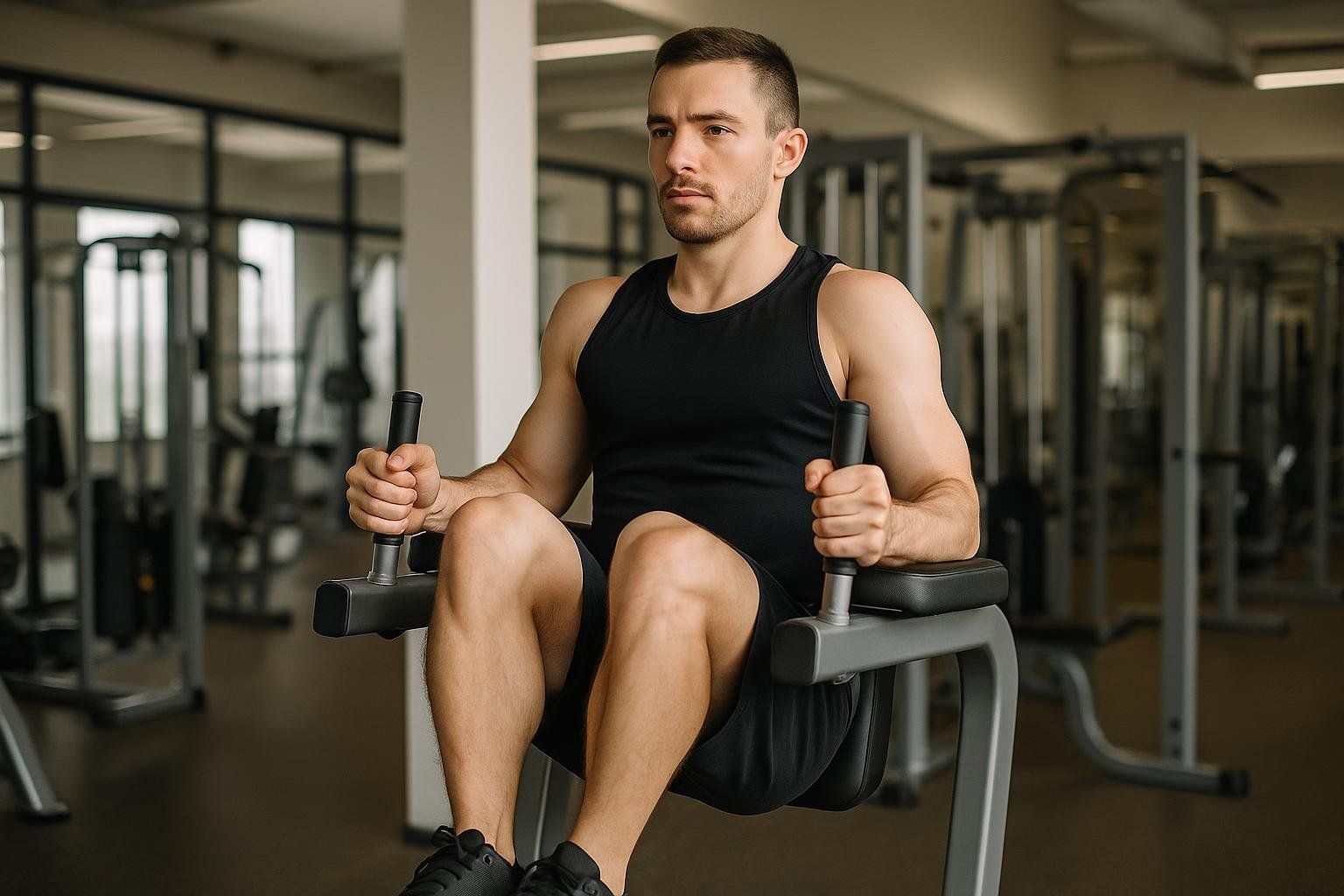
- Captain’s Chair Knee Raise (easiest): Forearms supported; focus on a slow tuck. High ab activation, minimal swing (ACE).
- Hanging Knee Raise: Knees bent; lift to hip height and pause.
- Hanging Leg Raise to Parallel: Straight legs to 90°; 2–3 second lowering.
- Leg Raise + Posterior Pelvic Curl: At the top, think “show your belt buckle” to curl the pelvis upward (ATHLEAN‑X).
- Oblique Emphasis: Slightly angle knees/feet to one side to bias the obliques (small ranges, slow tempo) (ATHLEAN‑X).
- Weighted Leg Raise: Add light ankle weights only after you own 3 × 10 strict reps to parallel.
- Single‑Arm Hang Knee Raise (advanced): Demands high anti‑rotation control; use a band for assistance initially.
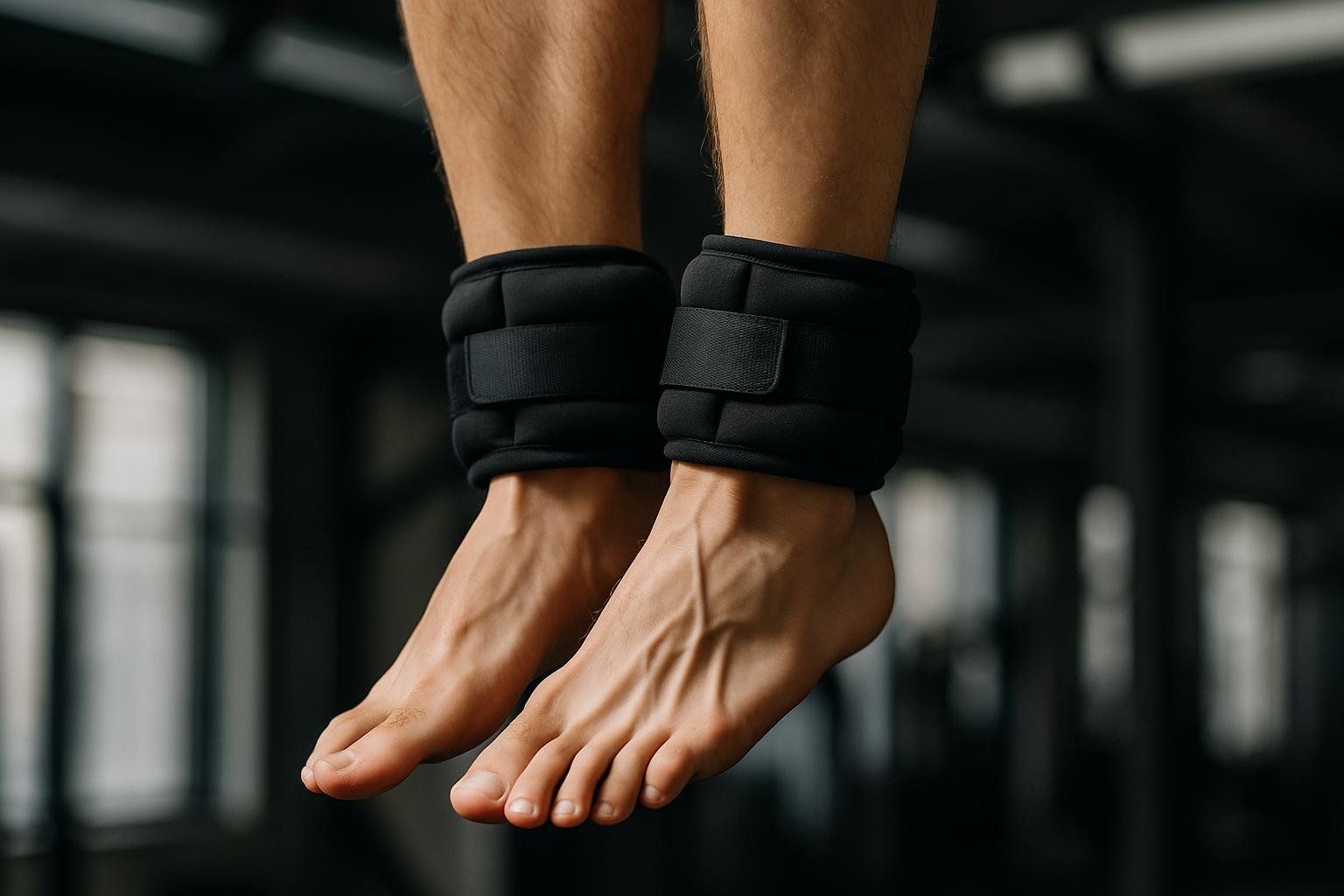
Grip or shoulder limitations? Use a dip station, captain’s chair, or straps. If home access is the issue, start with floor‑based reverse crunches and hollow holds until you can train on a bar. For a complete at‑home plan without equipment, see our Bodyweight Exercises: Beginner‑to‑Advanced Blueprint.
Programming Guidelines
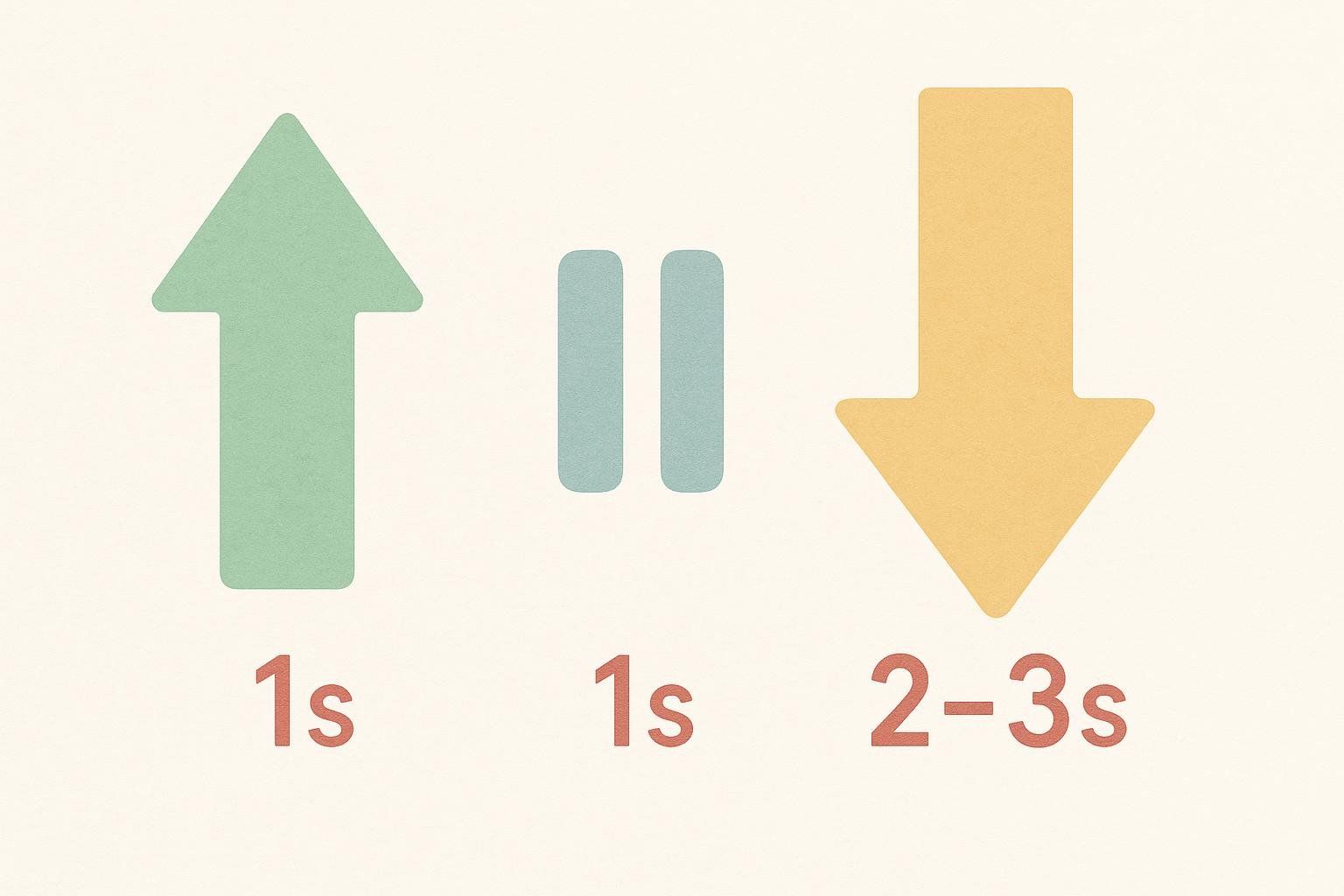
- Frequency: 2–3 sessions per week with at least 48 hours between hard sessions.
- Volume targets by level:
- Beginner: 3 × 6–8 knee raises (2–3 s lower)
- Intermediate: 4 × 8–10 leg raises to parallel
- Advanced: 4 × 6–8 leg raises to shoulder height or 3 × 8 weighted to parallel
- Tempo: 1 second up, 1 second pause, 2–3 seconds down.
- Progress when: You can complete all reps with zero swing and consistent posterior pelvic tilt.
Pair with anti‑extension work (e.g., ab‑wheel or barbell rollouts) on a different day to round out your core training (McGill 2014 – PubMed). For a full framework on sequencing anti‑extension, anti‑rotation, and dynamic flexion, check out How to Build Core Strength: A Complete Guide.
30‑Day Hanging Leg Raise Challenge (Blueprint)
Build consistency and control in one month. Test a max quality set on Day 1 (knee raises or leg raises). Then follow this plan:
- Week 1 – Focus on Form: 3 days/week
- 3 sets of 6 controlled knee raises (RPE ~7), 60 s rest
- Focus: full stop between reps, no swing
- Week 2 – Add time under tension: 3 days/week
- 4 × 8 knee raises or 4 × 6 leg raises to parallel
- 3‑count eccentric every rep
- Week 3 – Range & stability: 3 days/week
- 5 × 6–8 leg raises to parallel
-
- 2 sets of 20–30 s active hangs (scapular depression) for shoulder stability
- Week 4 – Quality finishers: 3 days/week
- 5 × 8 leg raises to parallel or 4 × 6 with light ankle weights
- Optional: 2 × 8 oblique‑biased reps (small angle, slow)
Retest your max quality set on Day 30. Expect smoother reps, better control on the way down, and improved grip endurance. For an inside look at a month‑long focus on the move and the lessons learned, see this 30‑Day Hanging Leg Raise Challenge.
Warm‑Up That Protects Your Low Back and Hips (3–5 minutes)
- 5 deep diaphragmatic breaths (breathe into your belly, sides, and back)
- Dead bug × 6/side
- Hip flexor stretch with glute squeeze × 20 s/side
- 20–30 s active hang (gentle scapular depression)
Why it works: A brief core activation plus hip mobility can reduce anterior pelvic tilt and help you tuck the pelvis effectively during raises, decreasing hip‑flexor dominance (PMC).
Are Hanging Leg Raises Safe?
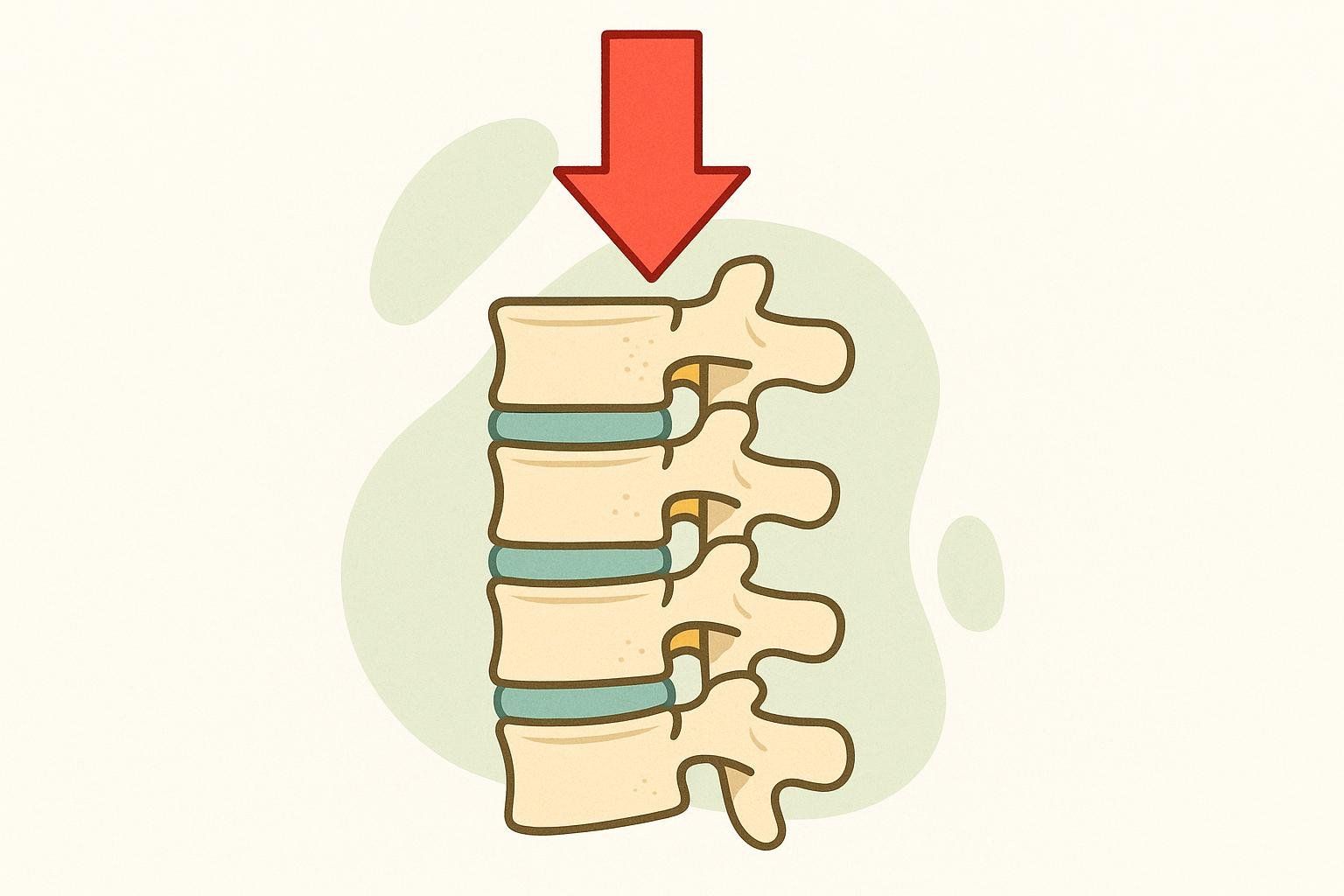
They can be safe when you progress thoughtfully. In lab testing of common anterior‑chain exercises, straight‑leg hanging raises challenged the abs heavily but also produced around 3,000 N of spine compression on average—higher than alternatives like the body‑saw plank (< 2,500 N) (McGill 2014 – PubMed).
- If you have a history of low‑back pain, begin with bent‑knee versions, limit range to parallel, and slow the eccentric. Consider starting with supported options (captain’s chair) or floor‑based progressions until symptom‑free (Verywell Fit).
- Stop immediately if you feel sharp pain, numbness, or radiating symptoms.
References
- How to Do the Hanging Leg Raise – Verywell Fit
- Muscle activity and spine load during anterior‑chain linkage exercises – McGill 2014 – PubMed
- ACE‑sponsored EMG study: best and worst abdominal exercises – ACE
- Hip Flexor Muscle Activation During Common Exercises – Systematic Review (2024) – PMC
- Hanging Leg Raise: Complete How‑To – ATHLEAN‑X
- 30‑Day Hanging Leg Raise Challenge – Men’s Health
